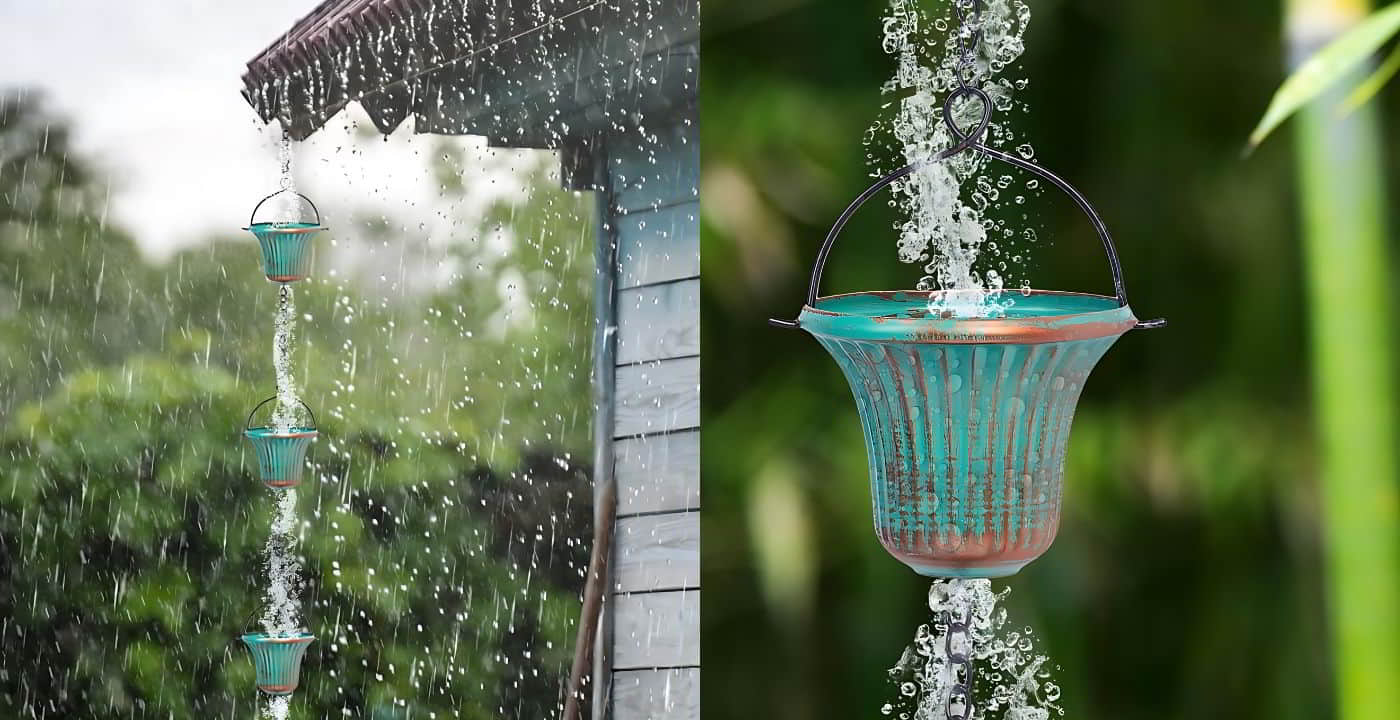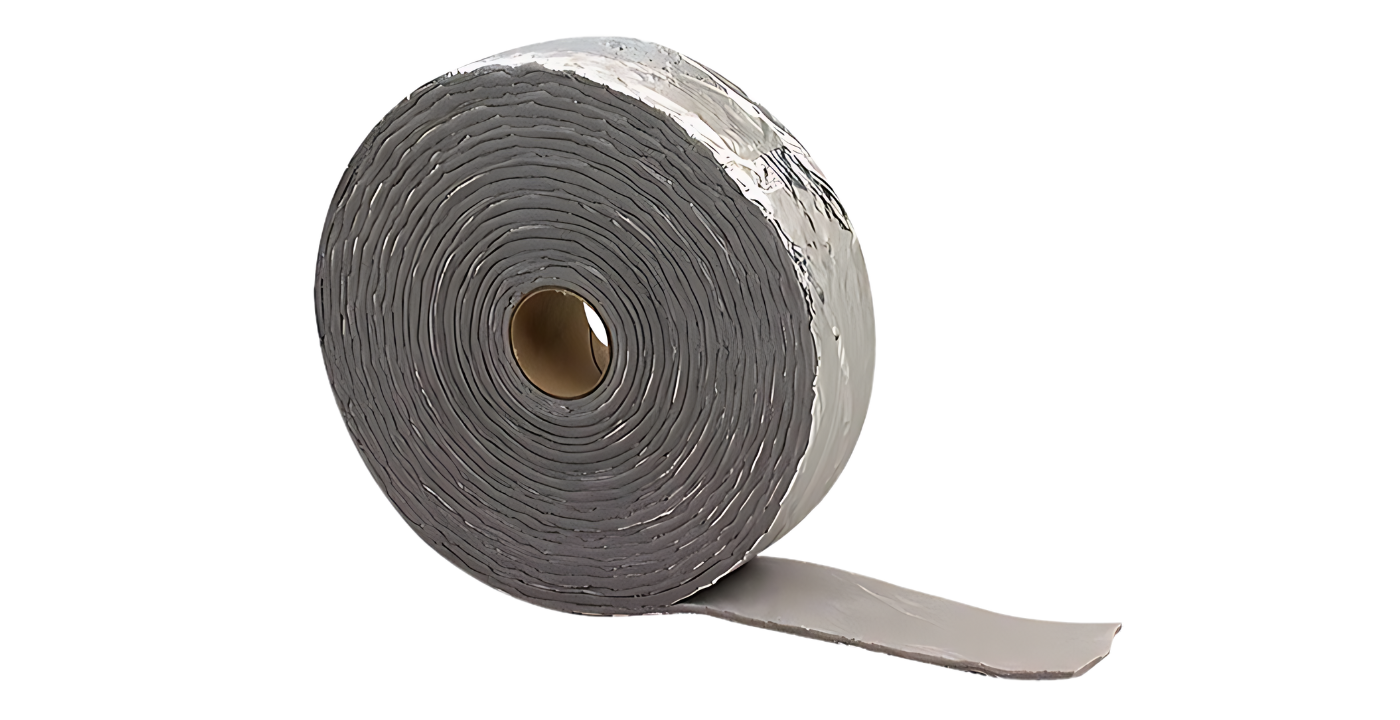Winter woes got you down?
We’ve got you covered with five alternatives to heat tape. From heating mats to rain chains, our years of expertise have led us to these smart solutions.
Let’s explore options that’ll keep your gutters clear and your winter worries at bay.
Our Top 3 Picks
1. STEP Snow Melt Systems

STEP snow melt systems are automated and reliable solutions for preventing snow and ice buildup on roofs and gutters. They are ideal for those who need a low-maintenance, high-efficiency solution.
STEP Roof Deicing systems use a patented, low-voltage heating element that is thin, flexible, and durable. This unique material acts as its own temperature sensor, adjusting heat output to match changing conditions, which prevents overheating and conserves energy.
The elements are installed under roof shingles or in gutters, providing a seamless and effective way to prevent ice dams and snow accumulation. They are a cinch to customize and can be cut to fit any roof configuration.
The system is designed to be turned on at the start of the winter season and left running until the end, ensuring continuous protection without constant monitoring. This makes it ideal for busy professionals who will enjoy the convenience of its “set it and forget it” functionality.
The energy efficiency of the STEP system is notable, as it operates on low voltage (24-50 volts) and integrates well with renewable energy sources like solar and wind power. Additionally, the elements are made from recyclable materials and have a scrap rate of less than 1% during manufacturing.
Pros
- Automated and reliable
- Minimal maintenance
- Effective snow and ice melting
Cons
- Higher upfront cost
- Professional installation
Rating
2. Foam Pipe Wrap

Foam pipe wrap is an affordable and simple method for budget-conscious buyers to insulate pipes in milder climates. It’s easy to install and offers a cost-effective option for those looking to protect their pipes without breaking the bank.
You can use it instead of heat tape on your roof by wrapping it around exposed pipes and any water lines that run along the eaves or downspouts. This added insulation helps maintain a more consistent temperature around the pipes, reducing the risk of freezing and bursting.
Foam pipe wrap can be used to insulate any metal or plastic pipes connected to your drainage system in gutters. This helps to keep pipes warmer and can prevent water freezing when the temperature dips occasionally.
It is flexible and easy to cut, allowing you to customize the length and fit it snugly around any pipe shape or size. On the downside, long-term exposure to the elements can cause it to degrade, especially in areas with frequent temperature fluctuations.
Pros
- Affordable
- Simple to install
Cons
- Not suitable for extremely cold climates
- Less durable
Rating
3. Heating Mats

Heating mats for pipes and roofs are an efficient and straightforward way of preventing ice dams and snow buildup. They distribute heat evenly to ensure snow melts before heavy accumulation.
They are easy to install with a simple plug-and-play functionality, making them ideal for DIY enthusiasts who enjoy hands-on projects.
To maximize effectiveness, your snow-melting mats should be strategically placed along the edges of your roof and inside the gutters. On the roof, they are typically laid in a zigzag pattern near the eaves, where ice dams are most likely to form.
Heating mats are available in various sizes and can be cut to fit specific lengths, ensuring they accommodate any roof or gutter configuration. Plus, many heating mats are energy-efficient and equipped with thermostats that regulate heat output, ensuring they only operate when necessary. This not only saves on energy costs but also extends the lifespan of the mats.
Pros
- Easy installation with minimal tools
- Versatile for various applications
- Consistent heat distribution
Cons
- Higher upfront cost
- Precise placement needed
Rating
4. Heat Trace Cable

Heat trace cables are highly effective in extreme cold conditions, making them perfect for residents in icy climates. As they are self-regulating cables, you can rest assured they provide consistent heat without overheating.
Their self-regulating feature adjusts heat output based on the surrounding temperature, providing optimal performance and energy efficiency in severe weather conditions.
The cables can be cut to fit specific lengths and have user-friendly instructions for a more straightforward installation process. However, due to the complexity and the need for electrical connections, it might be best to hire a professional installer to ensure safety and effectiveness.
Pros
- Effective in extreme cold
- Durable and long-lasting
- Self-regulating
Cons
- Complex installation
- Higher price
Rating
5. Rain Chains

Rain chains are a decorative yet functional alternative to traditional downspouts. They guide rainwater and melted snow away from your home in a visually appealing way.
They are typically installed where a traditional downspout would be and extend down to a drainage area, such as a decorative basin, a rain barrel, or a rain garden.
Positioning the chain is easy: simply place it at the corner of your roof or the downspout. Make sure it’s straight and secure the bottom to prevent excessive movement in the wind. For added functionality, direct the chain into a rain barrel to collect water for gardening or other uses.
Do note though that rain chains are not recommended for areas that experience heavy snow.
Pros
- Aesthetic appeal
- Functional
- Environmentally friendly
Cons
- Not effective in heavy snow conditions
- Needs drainage system
Rating
Ready To Outsmart Winter's Worst Challenges?
A Quick Comparison
| Product | Pros | Cons |
|---|---|---|
| STEP Snow Melt Systems |
|
|
| Foam Pipe Wrap |
|
|
| Heating Mats |
|
|
| Heat Trace Cable |
|
|
| Rain Chains |
|
|
What to Avoid
When considering alternative deicing solutions, you should avoid using standard electrical heat tape. This is because it’s:
- Prone to overheating which could cause fire hazards.
- Less energy-efficient compared to modern alternatives.
- Lifespan is shorter and it needs frequent maintenance.
Frequently Asked Questions
What is heat tape used for?
Heat tape is used to prevent pipes from freezing and to melt snow and ice on roofs and gutters. It’s an electrical heating element that wraps around pipes or is fixed to roofs to maintain a consistent temperature.
Does heat tape work?
Yes, heat tape is effective in melting snow and ice dams, provided it’s correctly installed and properly maintained. Constant wattage heat tape is cheaper but can have drawbacks such as potential overheating and high energy consumption.
Can good attic insulation help to prevent ice dams?
Yes, better attic insulation maintains a consistent roof temperature, which helps to stop ice dams from forming.
Conclusion
These alternatives to heat tape provide various options depending on your specific needs and priorities. Whether you are looking for a budget-friendly solution, an eco-conscious option, or a low-maintenance system, there is a product that can meet your requirements effectively.
If you’re unsure which snowmelt system is best for your home, our team is available to help you make the right choice.







